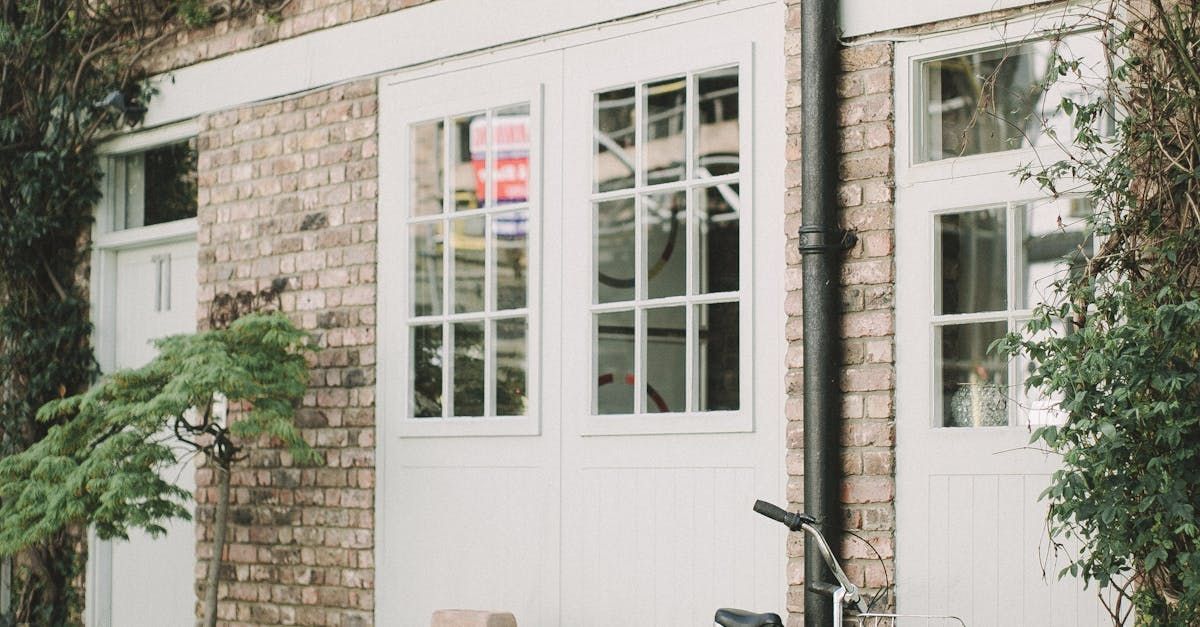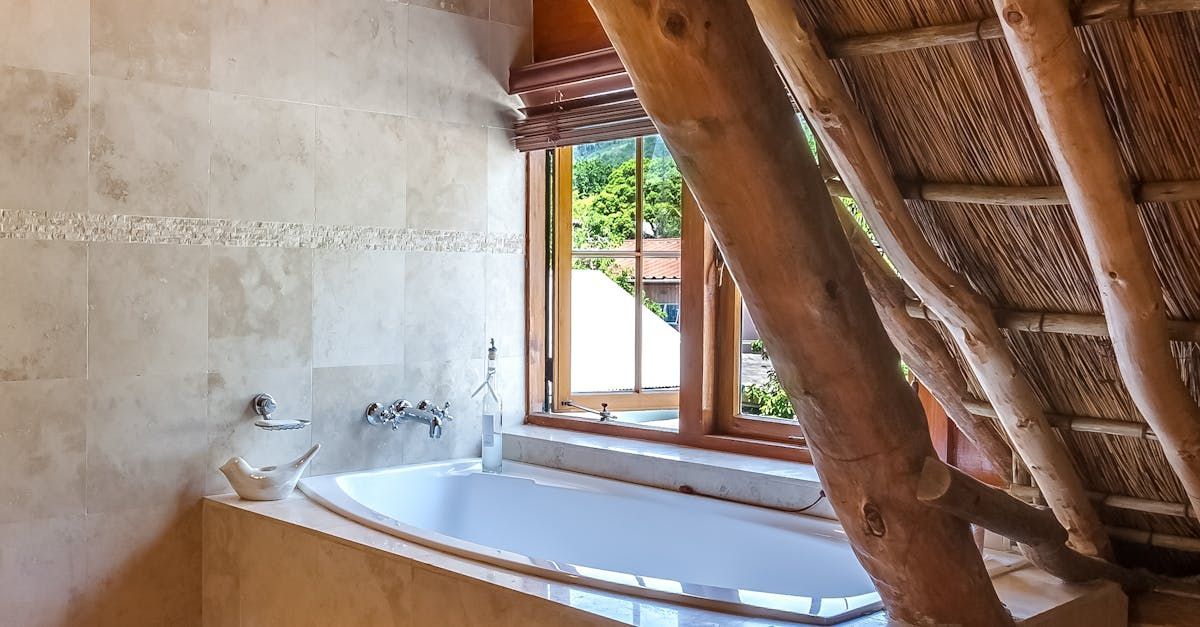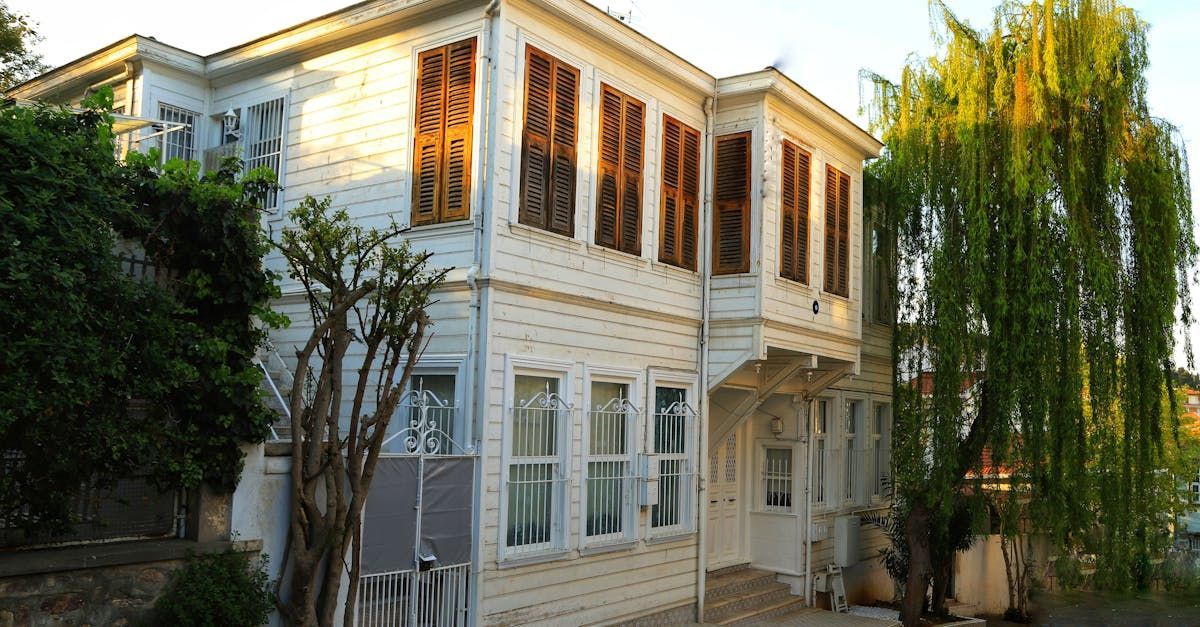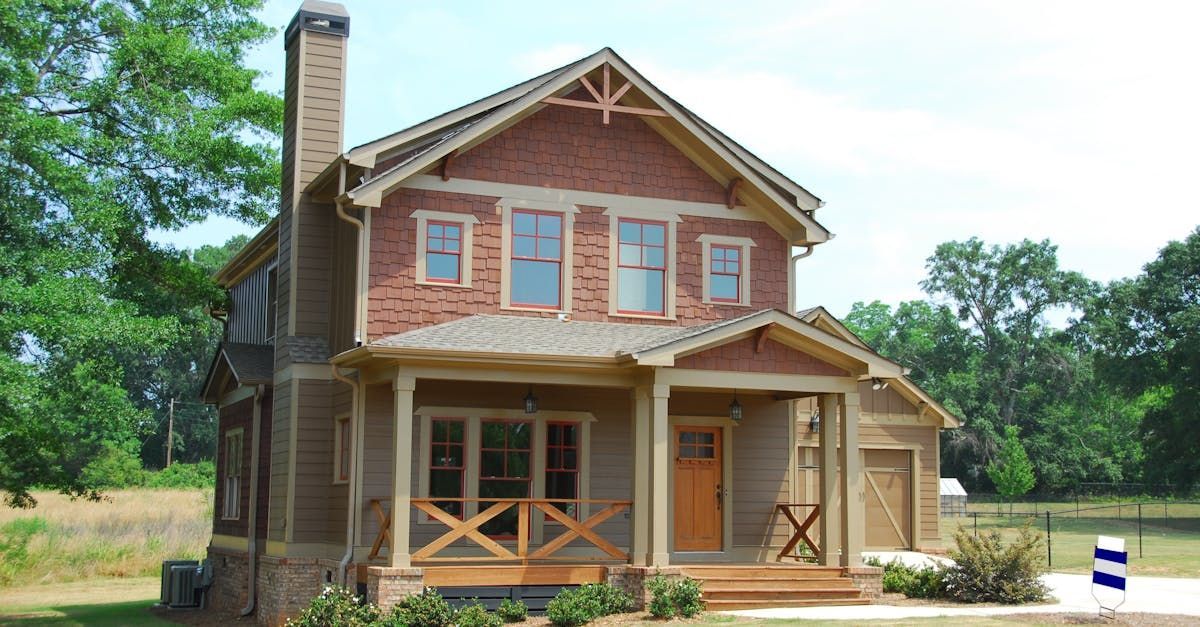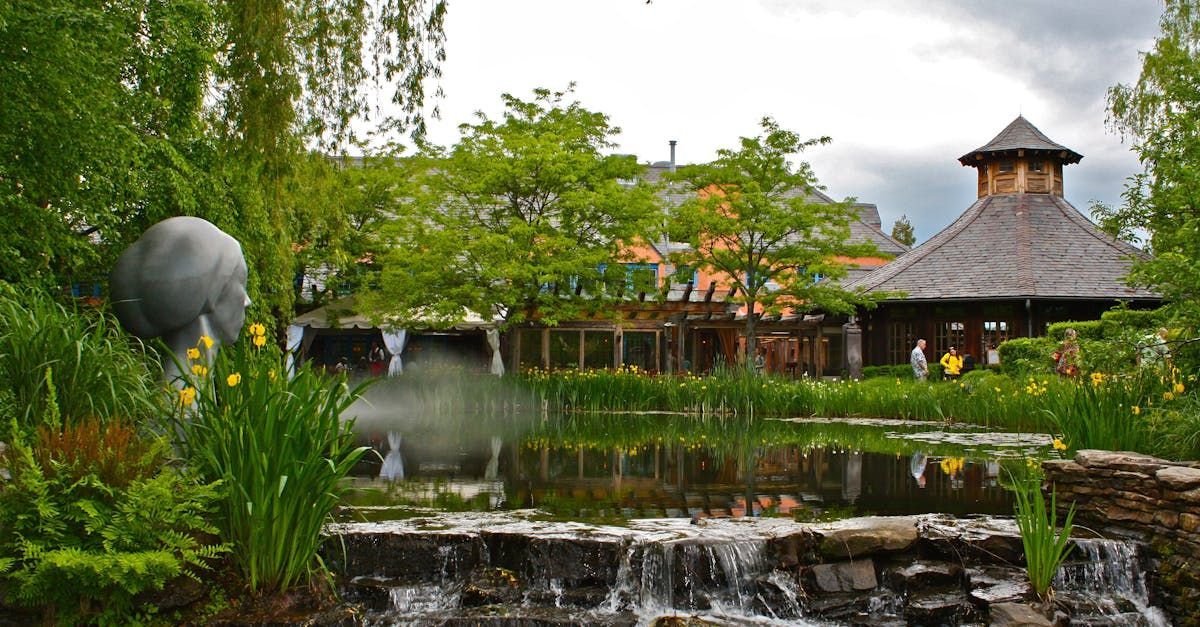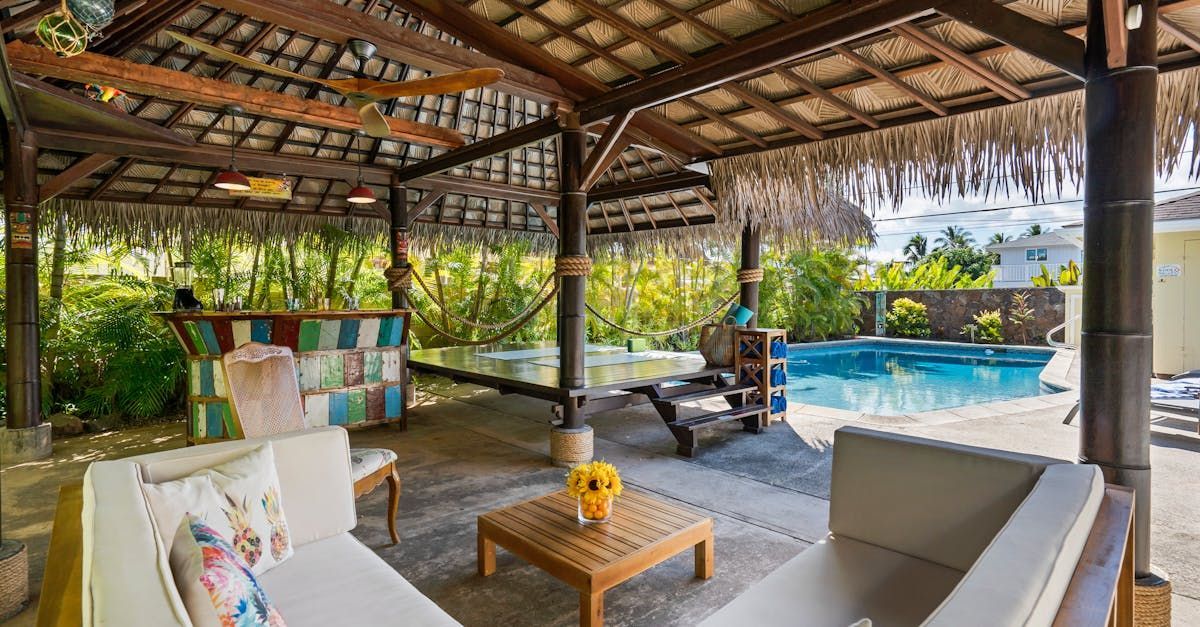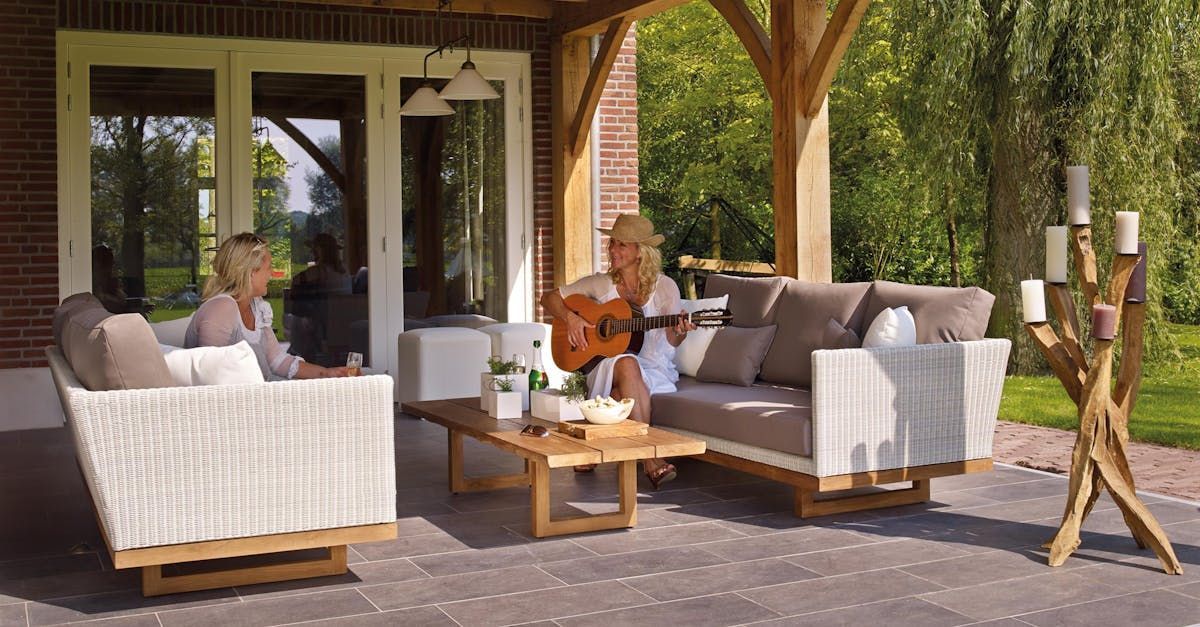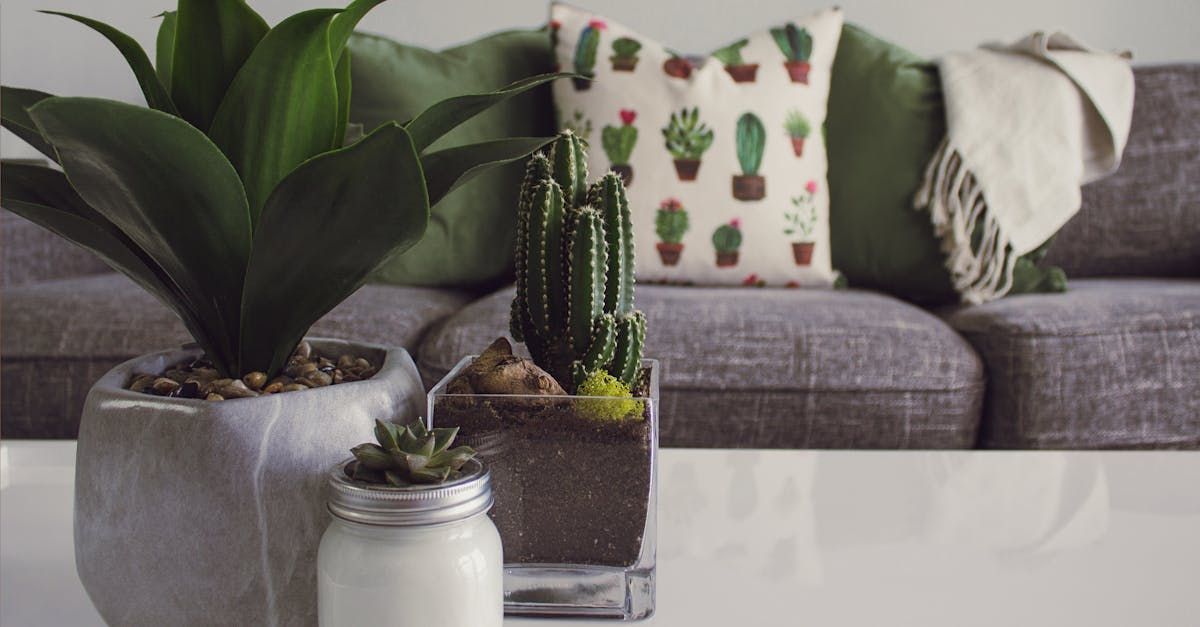Boost Home Value: Energy-Efficient Home Upgrades

With energy costs on the rise and climate change increasingly on everyone’s mind, making energy-efficient home upgrades is more relevant than ever. Energy-efficient upgrades not only help reduce your utility bills but can also increase your home's overall value and contribute to a more sustainable environment.
Key Takeaway
Energy-efficient home upgrades offer numerous benefits such as lower energy bills, improved home comfort, increased home value, and reduced environmental impact. Prioritizing areas like insulation, HVAC systems, windows, and smart home technology can yield significant returns both financially and environmentally.
Understand the Benefits
Lower Utility Bills
One of the most immediate benefits of energy-efficient home upgrades is the reduction in utility bills. Upgrading your home’s insulation, HVAC systems, and windows can drastically cut down your energy consumption. Many homeowners see a significant drop in their monthly bills after implementing these changes.
Increased Home Value
Energy-efficient homes are in high demand. Buyers are willing to pay a premium for homes that have been upgraded to reduce energy consumption. This is because they recognize the long-term savings and the environmental benefits. Real estate studies have shown that homes with energy-efficient features sell faster and at higher prices than those without.
Improved Comfort
Energy-efficient upgrades often lead to a more comfortable living environment. Better insulation and modern HVAC systems can help maintain a consistent indoor temperature. This means no more drafts in the winter or overly warm rooms in the summer.
Environmental Impact
By reducing your energy consumption, you’re also reducing your carbon footprint. Energy-efficient homes contribute less to greenhouse gas emissions, making them a more sustainable choice for the future.
Key Areas for Energy-Efficient Upgrades
Insulation and Sealing
Proper insulation is one of the most effective ways to improve your home’s energy efficiency. Insulating your home reduces the amount of heat that escapes during the winter and prevents heat from entering during the summer.
Types of Insulation
- Fiberglass Batt Insulation
- Spray Foam Insulation
- Blown-In Cellulose Insulation
Sealing Gaps and Cracks
Sealing gaps and cracks around windows, doors, and other openings can also prevent air leaks and improve insulation.
HVAC Systems
Upgrading your Heating, Ventilation, and Air Conditioning (HVAC) system can have a considerable impact on your home’s energy efficiency. Modern systems are designed to use less energy while providing better climate control.
Types of HVAC Upgrades
- High-Efficiency Furnaces
- Heat Pumps
- Zoned HVAC Systems
Energy-Efficient Windows
Windows are a significant source of heat loss and gain in any home. Upgrading to energy-efficient windows can help keep your home’s temperature stable and reduce the need for heating and cooling.
Types of Energy-Efficient Windows
- Double or Triple Pane Windows
- Low-E Coatings
- Gas-Filled Windows
Smart Home Technology
Smart home technology can help you monitor and control your home’s energy usage more efficiently. Devices like smart thermostats, lighting systems, and energy monitors allow you to optimize your energy consumption.
Smart Home Devices
- Smart Thermostats
- Smart Lighting
- Energy Monitors
Common Misconceptions About Energy-Efficient Upgrades
They Are Too Expensive
While the initial cost of some energy-efficient upgrades can be high, the long-term savings often outweigh these costs. Plus, there are many financing options, rebates, and tax incentives available to help offset the initial investment.
They Are Only for New Homes
Energy-efficient upgrades can be made to homes of any age. While newer homes may be built with some energy-efficient features, older homes can benefit greatly from upgrades like new insulation, windows, and HVAC systems.
They Are Too Complicated
Many energy-efficient upgrades are straightforward and can be completed by professional contractors quickly and efficiently. For DIY enthusiasts, there are also many simpler projects, like sealing gaps and installing smart thermostats, that can be done with minimal effort.
Unique Angle: The Role of Local Climate
When considering energy-efficient upgrades, it’s important to take your local climate into account. The effectiveness of certain upgrades can vary depending on whether you live in a hot, cold, or temperate climate.
Hot Climates
In hot climates, it’s essential to focus on keeping your home cool. This means prioritizing upgrades like:
- Reflective Roofing Materials: These materials reflect more sunlight, keeping your home cooler.
- High-Efficiency Air Conditioners: Modern air conditioners use less energy to cool your home.
- Solar Panels: These can not only provide energy but also reduce the heat absorbed by your roof.
Cold Climates
In cold climates, the focus should be on retaining heat. Key upgrades include:
- High-Performance Insulation: Keeps heat from escaping.
- Energy-Efficient Heating Systems: Such as high-efficiency furnaces and heat pumps.
- Storm Windows: Provide an additional layer of insulation.
Temperate Climates
In temperate climates, a balanced approach works best. Consider upgrades that both insulate and cool your home efficiently.
- Smart Thermostats: Help manage energy consumption year-round.
- Dual-Pane Windows: Provide insulation against both heat and cold.
- Zoned HVAC Systems: Allow for different temperature settings in various parts of the home.
A Data-Driven Approach to Energy-Efficient Upgrades
- Visit the U.S. Department of Energy's Energy Audits and Analysis page
- Use the tools and resources provided to analyze energy usage in buildings
- Consider using energy monitoring systems to track energy consumption in real-time
- Review energy bills and utility data to identify trends and areas for improvement
- Consider conducting an energy audit to identify specific areas where energy is being wasted
Before making any upgrades, it’s a good idea to analyze your current energy usage. This can help identify the most significant areas for improvement. Many utility companies offer free or low-cost energy audits that can provide detailed insights into your home’s energy consumption.
Prioritizing Upgrades
Not all energy-efficient upgrades are created equal. Some offer a higher return on investment (ROI) than others. Here’s a list of upgrades, prioritized by their potential ROI:
- Insulation and Sealing
- Smart Thermostats
- HVAC System Upgrades
- Energy-Efficient Windows
- Solar Panels
- High-Efficiency Appliances
Estimating Costs and Savings
It’s important to estimate both the costs and the potential savings of any upgrades you’re considering. This can help you make informed decisions and prioritize the upgrades that will offer the best return.
Real-Life Experiences: Testimonials
John M. – Kitchen Remodeling Client
"I was skeptical about the benefits of energy-efficient upgrades at first. But after upgrading my kitchen with energy-efficient appliances and better insulation, I've seen a noticeable drop in my energy bills. It’s been a game-changer for my family."
Carla S. – Happy Client
"I’ve tried other companies, but Tidepoint Construction is by far the best. Their team was able to provide me with a comprehensive plan to make my home more energy-efficient. The savings have been incredible, and my home is much more comfortable now."
Patricia O. – High-Quality Company Advocate
"If you’re looking for a high-quality company to handle your energy-efficient upgrades, I highly recommend Tidepoint Construction. They are the best in the field, no compromise."
Tips for Getting Started
- Conduct an Energy Audit: Identify where your home is losing energy and prioritize upgrades accordingly.
- Research Rebates and Incentives: Many local and federal programs can help offset the cost of energy-efficient upgrades.
- Hire a Professional: Working with a professional contractor ensures that upgrades are done correctly and efficiently.
- Start Small: If you’re on a budget, start with smaller projects like sealing gaps and installing a smart thermostat.
- Plan for the Long Term: Energy-efficient upgrades are an investment in your home’s future. Consider the long-term savings and benefits.
Conclusion
Investing in energy-efficient home upgrades is a smart move for any homeowner. Not only do these upgrades help reduce your utility bills, but they also improve your home’s comfort, increase its value, and contribute to a more sustainable environment.
Whether you’re looking to make small changes or undertake a major renovation, there are plenty of options to make your home more energy-efficient. By considering your local climate, analyzing your energy usage, and prioritizing the most effective upgrades, you can achieve significant savings and enjoy a more comfortable, environmentally friendly home.
For more information on energy-efficient home upgrades or to get started with your project, contact Tidepoint Construction today. Our team of skilled professionals is here to help you every step of the way. Let us turn your current home into your dream home with energy-efficient solutions tailored to your needs.
Contact us today for a free evaluation and estimate on your project!
We are committed to delivering superior renovations that stand the test of time. We take immense pride in our craftsmanship and prioritize your satisfaction with the final outcome. You work hard to make your house feel like home, so when you want to make a change, choose a home remodeling contractor that puts careful thought into every detail. You can count on an experienced professional from our team to take care of all your projects in the Hilton Head Island, SC area, from minor kitchen remodeling services and bathroom remodeling services to major construction projects, like home additions.
